Common Fossils
Can you find all of these fossils on our promenade distance markers ?
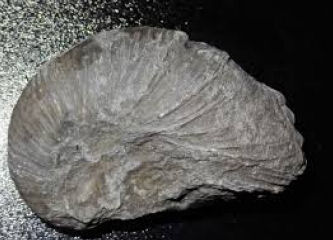 |
GryphaeaCommon name Devil's toenails, is a genus of extinct oysters. They are mostly restricted to the Triassic and Jurassic periods. |
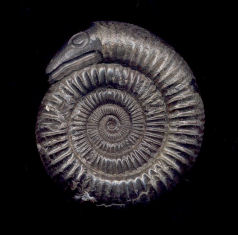 |
Dactylioceras
Ammonites are perhaps the most widely known fossil. These creatures lived in the seas between 240 - 65 million years ago, when they became extinct along with dinosaurs. Ammonites belong to a group of predators known as cephalopods, which includes their living relatives the octopus, squid, cuttlefish and nautilus. There are a number of different ammonites, here are two of them. |
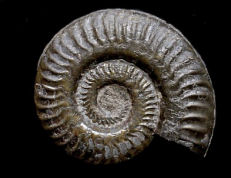 |
Hildoceras
|
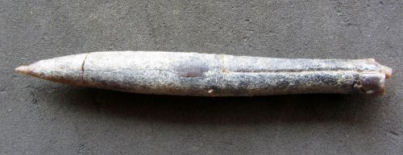 |
HibolitesBelemnites were marine animals. Their closest living relatives are squid and cuttle¬fish.They had a had a squid¬like body but a hard internal skeleton which formed a bullet¬shaped feature. These are the parts normally found as fossils. Here are two types of Belemnite. |
 |
Oxytenthis
|
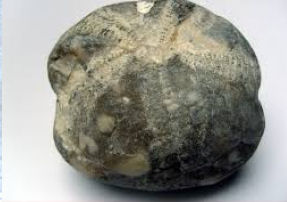 |
Sea UrchinDespite their alien appearance,echinoids, or sea-urchins are very common in the seas and oceans of today and are common fossils too. The name "urchin" is an old word for hedgehog. |
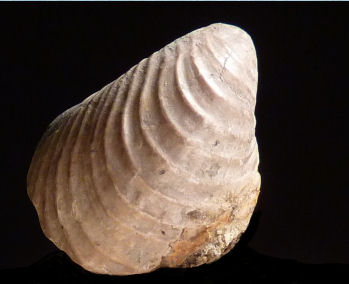 |
InoceramusInoceramus is the largest known bi¬valve clam on record. It is thought that it grew so large so that it could have a larger gill area to cope with oxygen deficient waters.Inoceramus would have opened its shell to expose its soft tissue and filter food from the water. When threatened it would then close up to protect the fleshy parts within. |
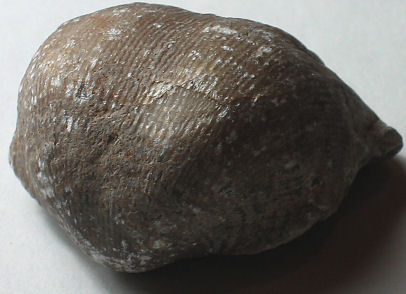 |
BrachiopodBrachiopods have a very long history of life on Earth (at least 550 million years). They first appear as fossils in rocks of earliest Cambrian age, and their descendants survive, albeit relatively rarely, in today's oceans and seas. |
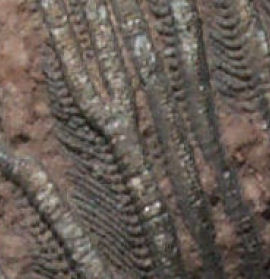 |
CrinoidUsually it's the stem which is found as a fossil, but on the right you can see some fossil crinoid arms. Sometimes known as sea lillies, they are actually animals. |
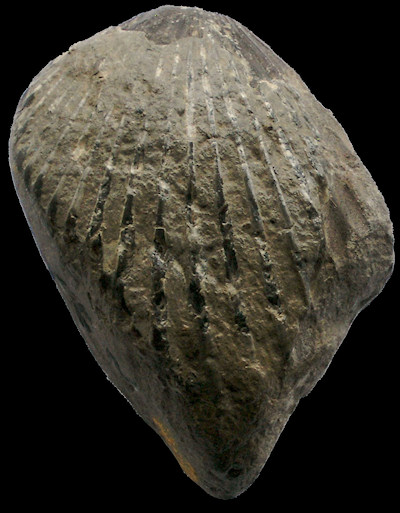 |
PectenPecten is a genus of large scallops or saltwater clams.They are known from the Cretaceous period to the Quaternary period (age range: from 70 million years ago to today). Fossil shells within this genus have been found all over the world. |
Some of the fossils that can be found on the beach were on disply during the Fossil Trail opening event on the 29 October 2018. |
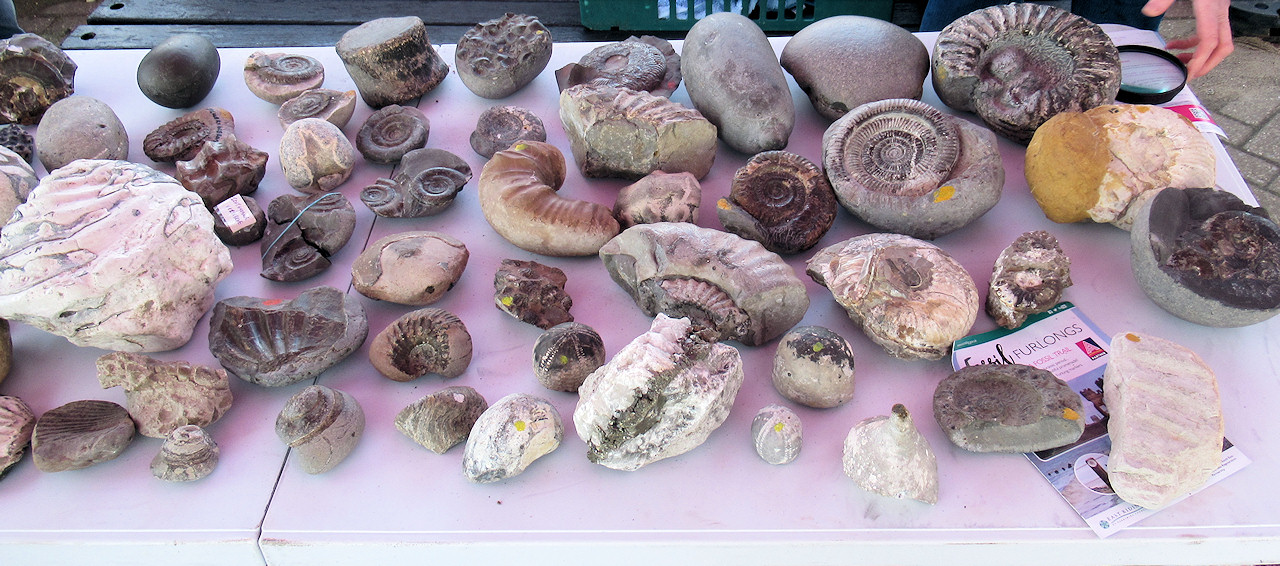 |
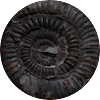 Back to main Fossil Furlongs Page
Back to main Fossil Furlongs Page